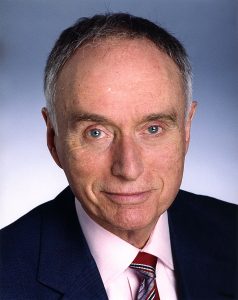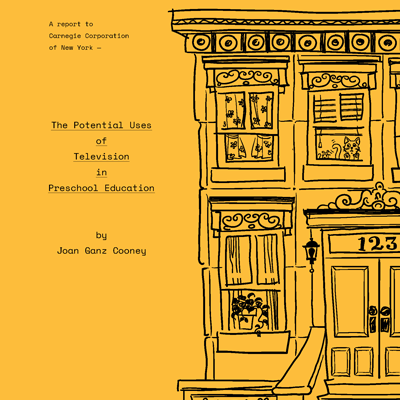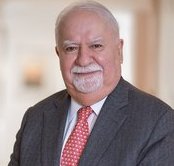
In the spring of 1966, Joan Cooney completed her landmark study of television and early education for the Carnegie Corporation. It was entitled The Potential Uses of Television in Preschool Education.
The 1960s created a climate for social change and encouraged people to seek it. Television had become the medium with the greatest reach but offered little of benefit for children and was seen by many as “a vast wasteland.” The country had become sensitized to the problems of early education because of the failure of large numbers of children in urban communities and schools.
New York City was a primary example, where a black child would come to school a few months behind in first grade and be a year and one-half behind by third grade. This was a common finding. The Educational Policies Commission of the National Education Association proposed that all children should have the opportunity to go to school at public expense beginning at the age of four. If the NEA’s recommendation had gone into effect, about five million more 4- and 5-year-olds would have been added to the school rolls. The United States did not have the funds, the school rooms, nor the teachers to act on this recommendation.
Joan Cooney’s study was finished while the administration of President Lyndon Johnson was pursuing one of the most ambitious policy agendas in American history. President Johnson wanted to create the “Great Society”—to end poverty, promote equality, improve education, rejuvenate cities and protect the environment. The study offered a possible way to use television to meet the national need for more and better pre-school education, and it was the precursor to a complete proposal to test the idea. In 1968 Carnegie, the Ford Foundation, and the U. S. Office of Education joined together to provide the funds for the experiment in television and education that became Sesame Street.
Lloyd Morrisett
Co-founder and Chairman Emeritus of the Board, Sesame Workshop
Vice President, Carnegie Corporation
of New York, 1964-1969



